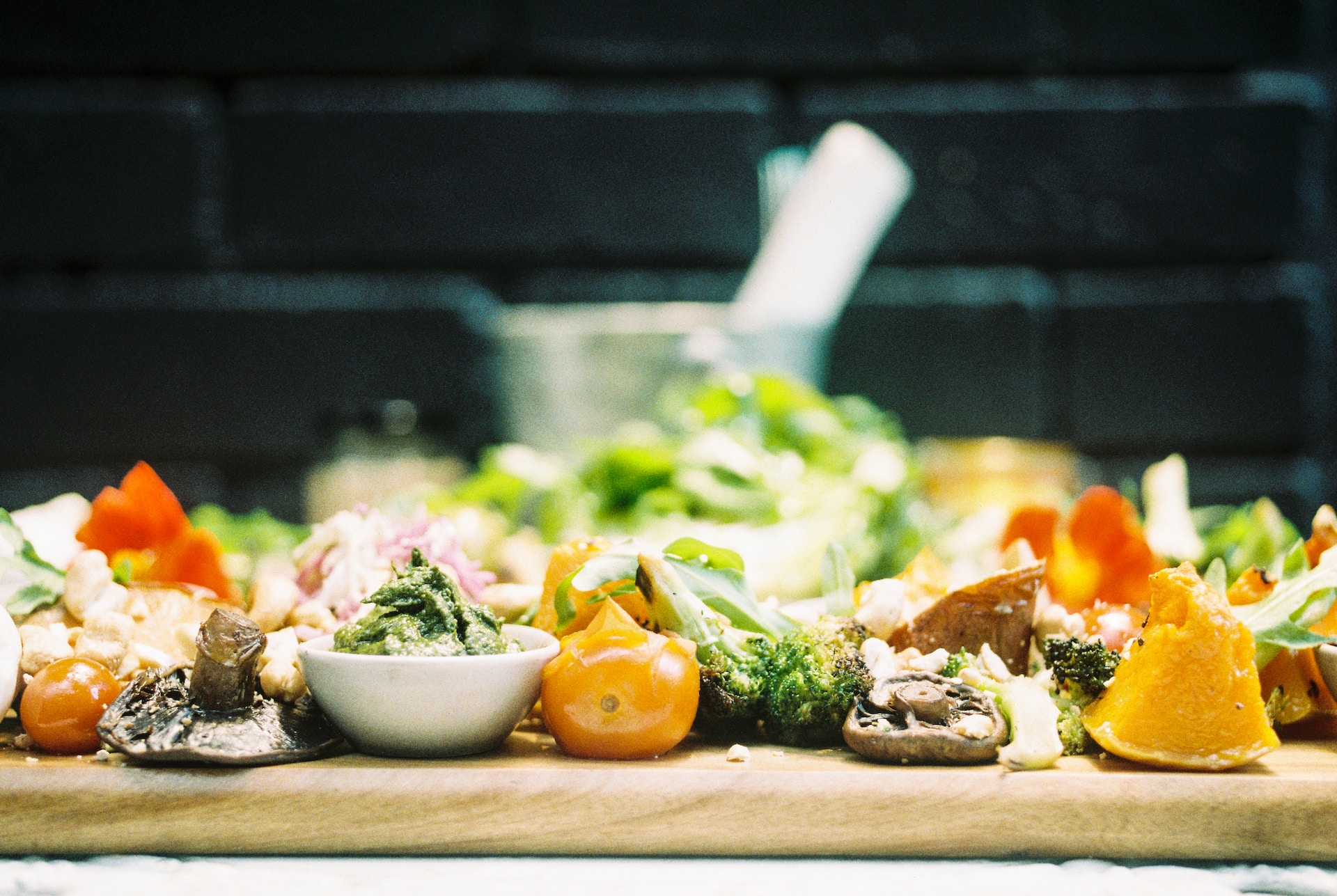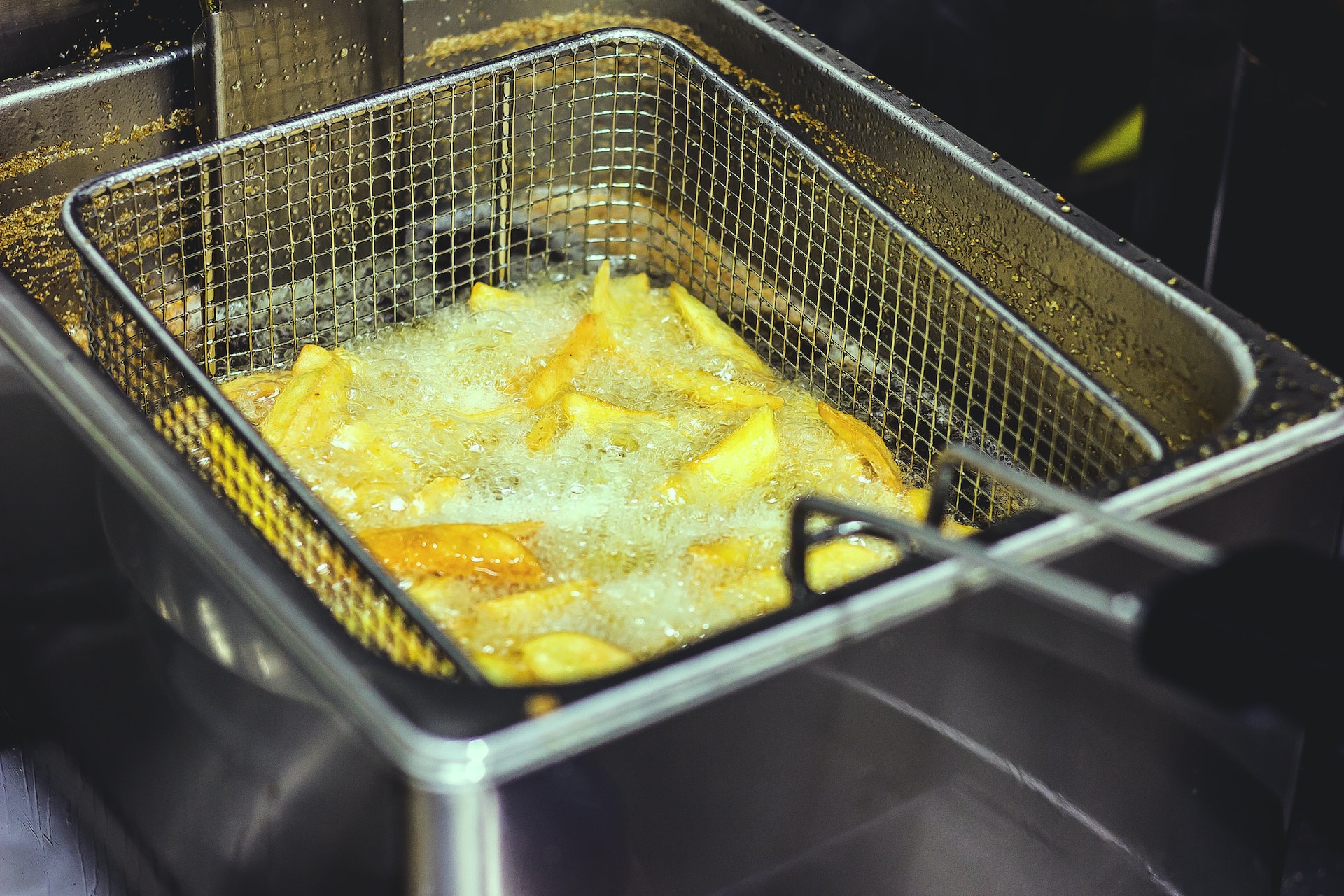Have you ever noticed that many Chinese restaurants seem to share the same aesthetic features? From the red and gold decor to the dragon motifs and Lazy Susans on tables, it’s hard to miss the similarities. In this article, we’ll explore why Chinese restaurants tend to look the same and uncover the reasons behind this common phenomenon.
Cultural Expectations
In Chinese culture, hospitality is paramount. As such, many Chinese restaurants have a certain look and feel to them, which customers have come to expect. This includes features such as red and gold decor, circular tables, and a bustling atmosphere. Additionally, Chinese restaurants often feature artwork or calligraphy related to Chinese culture, adding to the overall ambiance. Customers who frequent Chinese restaurants come to expect these cultural touches and may feel more comfortable in a restaurant that adheres to these expectations.
Business Model
Chinese restaurants in the United States often operate on a business model that focuses on efficiency and profitability. This business model prioritizes volume, speed, and consistency over uniqueness and individuality. As a result, many Chinese restaurants look similar in terms of decor, menu, and layout.
- Efficiency and profitability
Chinese restaurants typically have a large number of seats and a fast turnover rate. This allows them to serve a high volume of customers quickly and efficiently. In order to achieve this, many Chinese restaurants have a standardized menu and decor that can be easily replicated across multiple locations. - Limited menu options
Many Chinese restaurants have a limited menu that focuses on popular dishes such as General Tso’s chicken, lo mein, and fried rice. This allows them to streamline their operations and reduce food waste. It also ensures that customers can quickly and easily order their favorite dishes. - Familiarity and consistency
Customers who frequent Chinese restaurants often have certain expectations in terms of menu, decor, and service. By providing a consistent experience, Chinese restaurants can build a loyal customer base and increase their profitability. - Competition and imitation
Chinese restaurants operate in a highly competitive market. In order to stand out, many restaurants will try to imitate the decor and menu of successful establishments. This can lead to a homogenization of Chinese restaurants, with many establishments looking and feeling similar to one another.
Overall, the business model of Chinese restaurants emphasizes efficiency, profitability, and consistency. This can lead to a standardization of decor, menu, and layout across many establishments.
Marketing Strategies
Another reason why Chinese restaurants tend to look similar is because of their marketing strategies. Most of these restaurants are small businesses that rely on word-of-mouth and reputation to attract customers. They often use traditional Chinese symbols and images in their logos, menus, and decor to create an authentic and recognizable brand.
- Use of Red and Gold Colors
Many Chinese restaurants use red and gold colors in their decor and branding as they are considered lucky and auspicious in Chinese culture. These colors also evoke a sense of warmth and hospitality, which can be attractive to customers. - Chinese Characters and Symbols
Chinese characters and symbols are also commonly used in the branding of Chinese restaurants. These can include the characters for “good fortune” or “prosperity,” as well as symbols like the dragon or the phoenix, which are associated with Chinese mythology and culture. - Similar Menu Items
Chinese restaurants often offer similar menu items, such as fried rice, dumplings, and stir-fried dishes. This is because these dishes are popular among customers and are considered staple foods in Chinese cuisine. Offering familiar menu items can make customers feel more comfortable and confident in their dining choices. - Photos of Food
Many Chinese restaurants also display photos of their food on their menus or on the walls of the restaurant. This can help customers visualize the dishes they are ordering and can also serve as a form of advertising for the restaurant.
Overall, these marketing strategies help Chinese restaurants establish a recognizable and trustworthy brand that can attract both Chinese and non-Chinese customers.
Perceived Authenticity
Another reason why many Chinese restaurants tend to look similar is due to the customers’ expectations of authenticity. Customers associate certain features, such as Chinese characters, traditional lanterns, and red and gold color schemes, with Chinese culture and cuisine. Therefore, to attract and retain customers, Chinese restaurants may include these elements in their décor, regardless of their actual authenticity.
This perceived authenticity can also lead to a sense of comfort for customers, as they are more likely to visit restaurants that meet their preconceived notions of what a Chinese restaurant should look like. In this way, the homogenous appearance of Chinese restaurants can be seen as a form of branding that customers can recognize and trust.
Additionally, many Chinese restaurants may be catering to non-Chinese customers who are less familiar with Chinese culture and cuisine. By incorporating these traditional elements, these restaurants can create an immersive experience that educates and familiarizes their customers with Chinese culture.
Overall, the perceived authenticity associated with a specific look and feel can be an effective way for Chinese restaurants to differentiate themselves from other cuisines and create a unique brand image.
Economic Factors
Another reason why many Chinese restaurants look the same is because of economic factors. Many Chinese restaurants are small businesses that operate on tight budgets, and they need to find ways to minimize their costs in order to stay afloat. Standardizing their décor and layout can be a way to save money and streamline their operations.
- Cost Savings
Standardizing the interior design of a Chinese restaurant can help reduce costs in several ways. First, it simplifies the process of outfitting the restaurant. Restaurant owners can purchase furnishings, fixtures, and decorations in bulk, often at a lower cost. Second, it makes maintenance and repairs easier since all of the restaurants have the same fixtures and fittings, which can be repaired or replaced more easily and cheaply. Third, it helps to reduce labor costs since staff can be trained to work in any of the restaurants with ease. This means that they can be moved around as needed, which can help reduce staffing costs.
- Replication of Success
Another economic factor that may lead to Chinese restaurants looking the same is the replication of successful business models. Restaurant owners may have noticed that certain design elements, menu items, or marketing strategies have worked well for other Chinese restaurants in the past, and may try to replicate those elements in their own restaurants to attract customers. By replicating the success of other restaurants, they can reduce the risk of failure and increase their chances of success.
- Standardization and Efficiency
Standardizing the décor and layout of Chinese restaurants can also help to increase efficiency. For example, a restaurant that has a consistent layout can help staff to work more efficiently since they will know where everything is and how to access it. Standardizing the menu can also help to reduce food waste and increase profitability since restaurants can purchase ingredients in larger quantities, which can help to reduce costs.
Overall, economic factors can play a significant role in why many Chinese restaurants look the same. Standardizing the décor, menu, and layout of restaurants can help to reduce costs, increase efficiency, and replicate the success of other restaurants. By doing so, restaurant owners can increase their chances of success and stay competitive in a tough industry.
Conclusion
In conclusion, the uniformity of Chinese restaurants is not a coincidence. It is the result of cultural expectations, business models, marketing strategies, perceived authenticity, and economic factors. Chinese restaurants are businesses, and like any other business, they need to attract and retain customers to survive. By creating a familiar and consistent environment, Chinese restaurants can appeal to a broad customer base and build customer loyalty. However, it is important to note that this uniformity does not necessarily reflect the diversity and richness of Chinese cuisine and culture. As consumers, we should seek out and support Chinese restaurants that celebrate and showcase the unique and authentic flavors of China.




